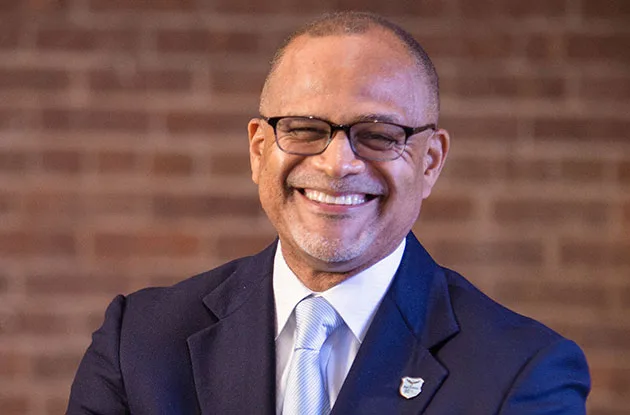 This week the Office of the Arts and Special Projects (OASP) of the New York City Department of Education (DOE) released the fourth Annual Arts in Schools Report. As has been the case over the past four years, the Center for Arts Education (CAE) applauds the efforts of the OASP to collect and analyze this monumental amount of school level data for arts education and to present it to the public.
This week the Office of the Arts and Special Projects (OASP) of the New York City Department of Education (DOE) released the fourth Annual Arts in Schools Report. As has been the case over the past four years, the Center for Arts Education (CAE) applauds the efforts of the OASP to collect and analyze this monumental amount of school level data for arts education and to present it to the public.
While there was some positive news in the report, the data clearly indicates that arts education is in the midst of a difficult storm. In addition to significant declines in arts budgets, the number of certified arts teachers in city schools is declining as well. Far too many schools, including ones at the elementary and middle school levels, still are not providing the arts instruction required according to state education law.
The reported loss of 135 arts teachers citywide, and the drastic cuts to school arts budgets, will undoubtedly have a detrimental effect on access to arts instruction for thousands of students across the city. “These significant declines are especially disheartening when we consider the impending budget cuts and threatened teacher layoffs,” said Richard Kessler, CAE Executive Director. “The status of arts education could go from bad to worse in the coming weeks if steps are not taken to protect the arts.”
Most troubling is what is happening in middle schools across the city. Only 59 percent of middle schools report that all of their eighth grade students who graduated actually fulfilled the graduation requirements for the arts. While this is an increase over the previous year, there is a real cause for concern when 40% of schools are not providing the coursework required of them and are promoting students without having met the state mandated education requirements.
Schools Chancellor Cathie Black seized the opportunity following the report’s release to make a public statement about the importance of arts education in city schools, and declare that she “wants to be known as the champion, or chancellor, for the arts.”
“We call on Chancellor Black to make good on her promise to be a chancellor for the arts and investigate why it is that not all middle schools are providing the required coursework in the arts,” said Doug Israel, CAE Director of Research and Policy. “Immediate steps need to be taken to ensure that every middle school student is provided the arts education outlined in state education law. While parallel data is not reported for high schools, we are concerned that schools are also falling short in providing the required coursework and believe this should be investigated as well. Even in difficult budget times, schools must provide equitable access to the well-rounded curriculum that is outlined in state education law,” he said.
CAE has called for schools out of compliance with the basic educational mandates for arts instruction to develop action plans that outline steps they will take to ensure that students are getting the education they deserve.
The Annual Arts in Schools Report at a glance:
* After years of modest growth, last year a loss of 135 certified arts teachers was reported, entirely wiping out the gains of the preceding three years. Citywide, the fields of music and visual arts lost the most, with a decline of 78 and 67 teachers, respectively. There was a slight gain of 17 theater teachers.
* While budgeting for the arts across the city declined by 4.3 percent, the percentage of entire school budgets spent on the arts remained relatively stable at 2.9 percent. Budgeting for arts and cultural vendors fell by $4.7 million, or 20.8 percent, with a decrease of $1.7 million, or 34.4 percent, in budgeting for arts supplies and equipment. This compounds the sharp declines experienced in these areas over the past several school years. Budgeting for arts personnel also fell by $11.6 million, or 3.8%.
* Nearly half of all elementary schools are offering all four arts disciplines to students at each grade level 1-5, an increase to 51 percent from 42 percent.
* At the middle school level, 59 percent of schools are now reporting that all of their eighth grade students who graduated actually fulfilled the graduation requirements for the arts. While parallel data is not reported for high schools, there is a concern that those schools are also falling short in providing the required coursework.




















